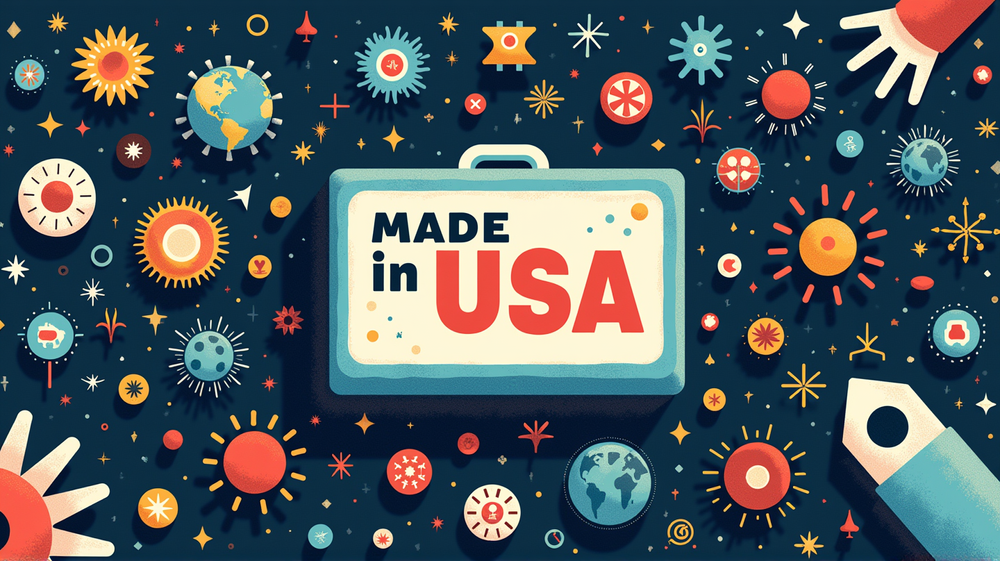In today’s interconnected world, the simple act of reading “Made in USA” on a product label carries with it a web of intricate trade laws and international shipping routes. Join us as we peel back the layers of what might initially seem straightforward but is, in fact, anything but simple.
The Prestigious “Made in USA” Label
The “Made in USA” label is not simply a mark of national pride but a strict assurance that nearly all parts of a product originate domestically. However, the phrase “nearly all” leaves room for international involvement, allowing a glimpse of the complex trade landscape that we often overlook. As explained by Marcus Eeman from Flexport, achieving this label is akin to crossing a maze filled with rules and exceptions.
The Role of Substantial Transformation
Embedded in the heart of this complexity is the concept of substantial transformation, a nuanced test that determines a product’s genuine origin. Imagine a cork from Spain sealing a bottle of American beer – does it change the essence of the brew? According to a historic Supreme Court decision, it doesn’t. Such legal precedents reveal the delicate balancing act between foreign and domestic components woven into the fabric of many products.
Assembling the Label Puzzle
When it comes to multi-part products like automobiles, the situation becomes even more curious. “Assembled in USA” labels often grace cars filled with foreign components, creating a tapestry of global cooperation and local contribution. With trade agreements like the USMCA influencing labeling rules, even the most seemingly straightforward products require a second look.
The Culinary Conundrum
In the food sector, complexities increase tenfold. From baked goods to meat, rules vary wildly. Consider a scenario where a cow raised entirely in Mexico can be labeled as an American product after a mere border crossing. Such instances highlight the gaps left by the repeal of certain labeling requirements, bringing forth both ethical and consumer awareness issues.
Sifting Through the Layers of Origin
The phrase “Made in USA” promises authenticity, but as consumers, understanding what it truly represents requires effort. For instance, shopping for seasonal items like asparagus might remind us to question origin because, as every conscious shopper knows, “Made in USA” during December might just be a distant dream.
According to WXXI News, understanding these details isn’t just about knowing where something was made; it’s about appreciating the richness of a global marketplace that’s constantly shaping and reshaping our expectations.
Stay aware and informed, and remember: each label has a story waiting beneath its surface, where geography, policy, and innovation meet in fascinating ways.













